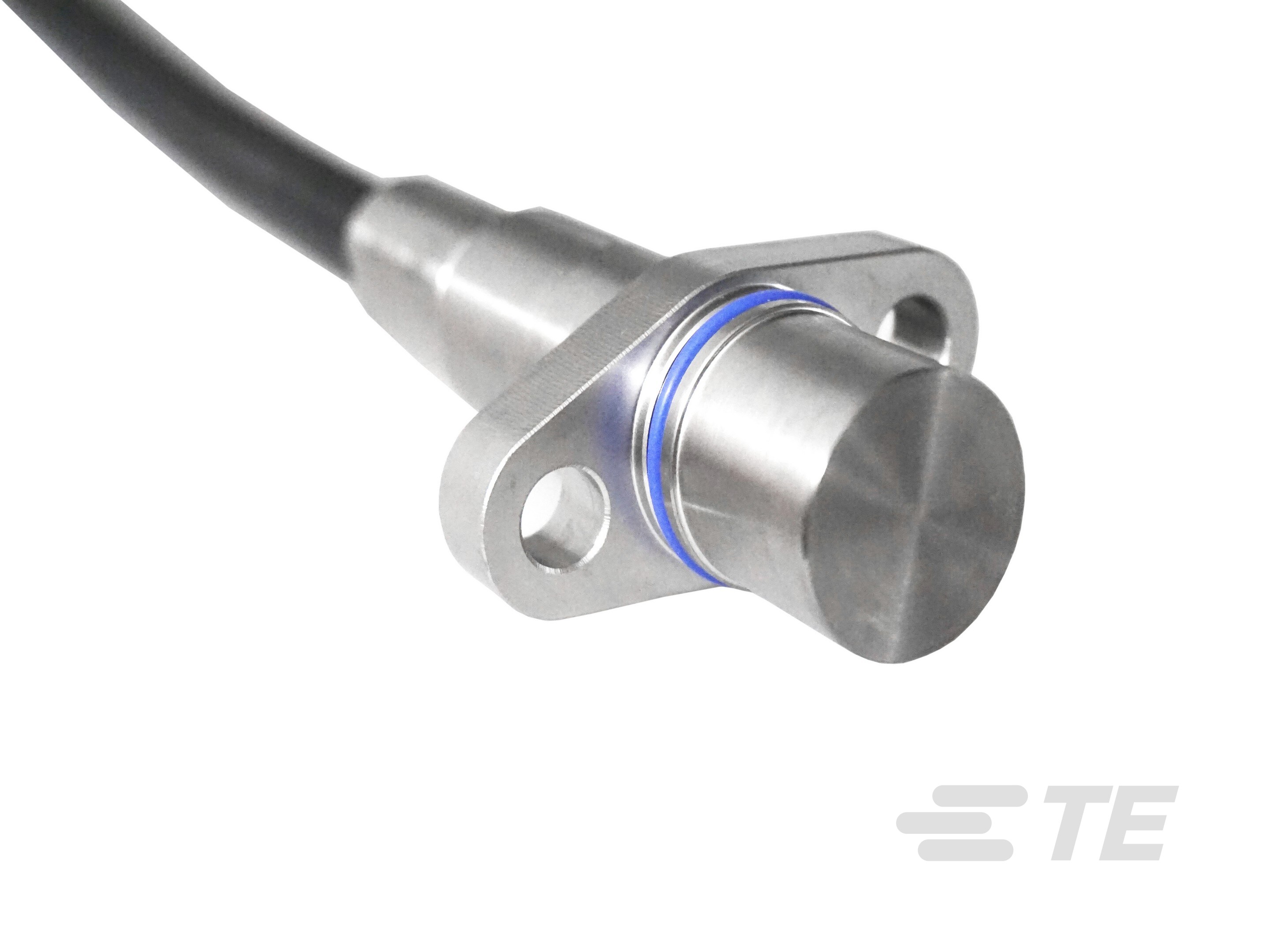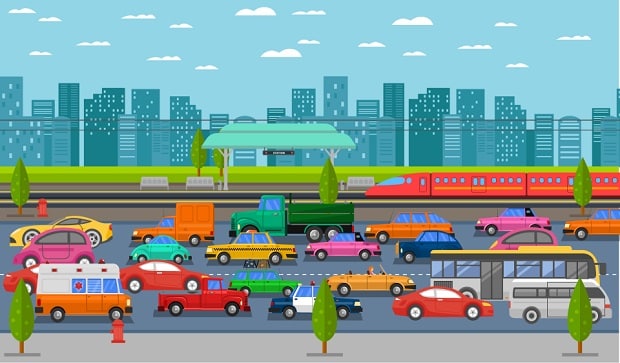-
Overview
3 & 4 Channel Hall Effect Speed Sensor

- Jaquet
- Jaquet DSD
The DSD 25 speed sensors family are multi-channel Hall effect speed sensors for railway applications.
Product Features
-
Speed Sensor Product Type : Speed
-
Sensor Technology : Hall Effect
-
Case Material : Stainless Steel
-
Target : Module 1.5 – 3
-
Target Material : Ferromagnetic





